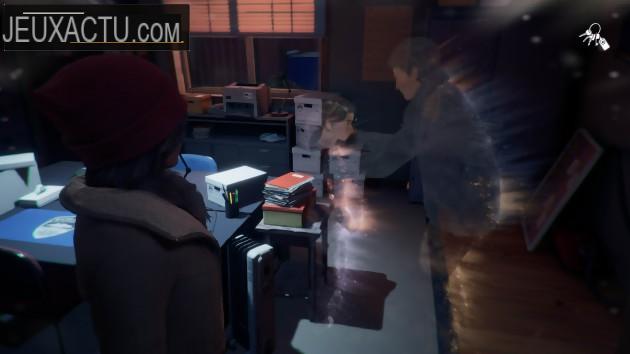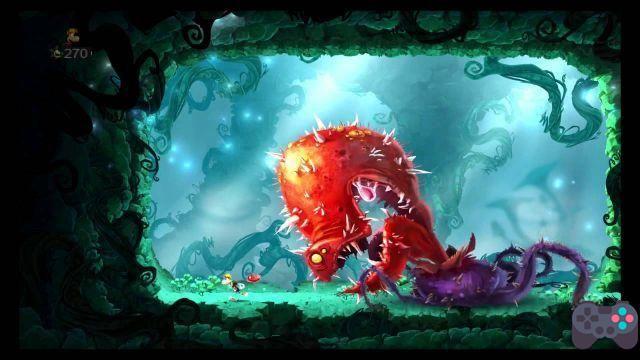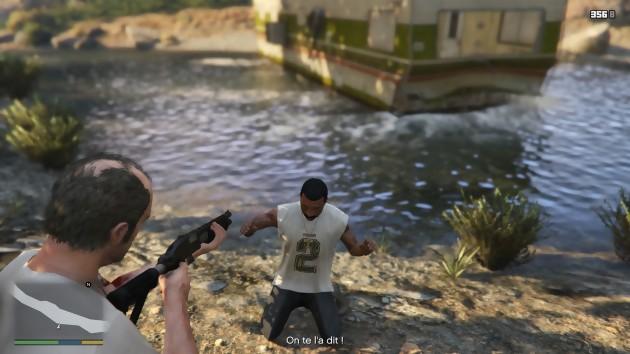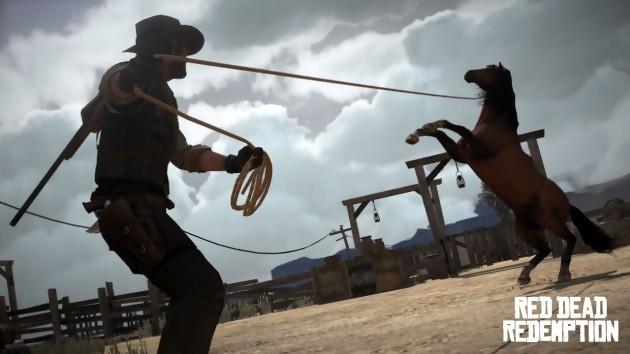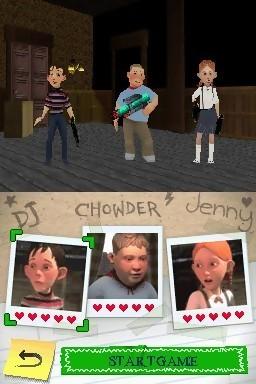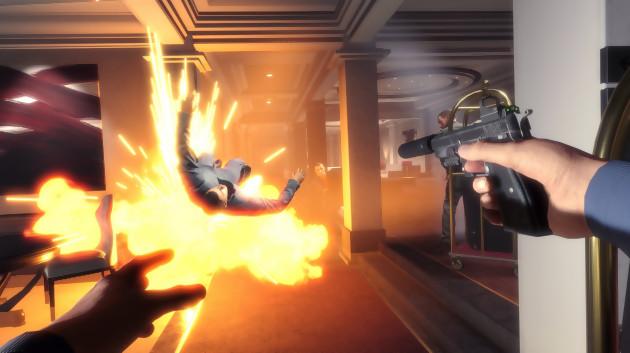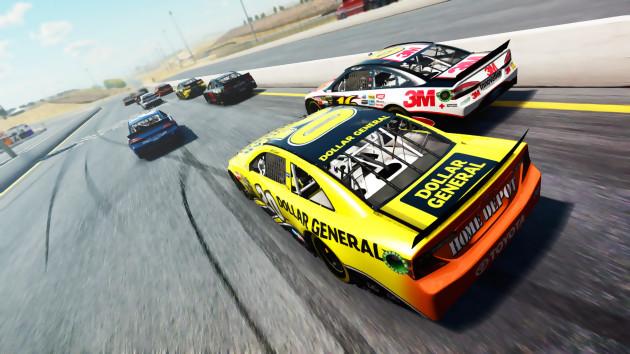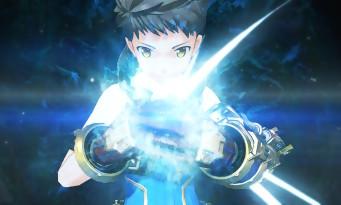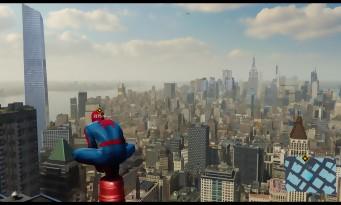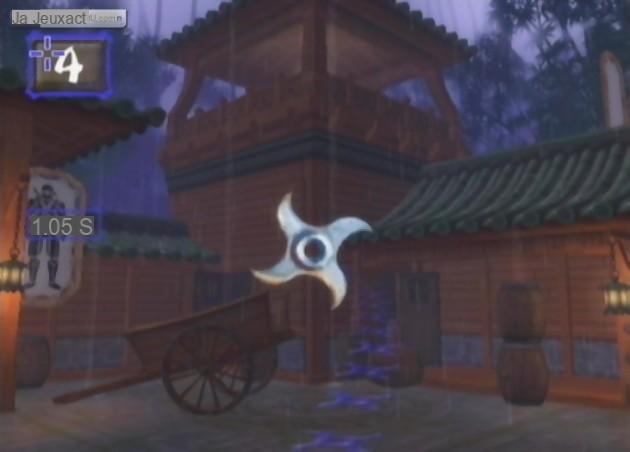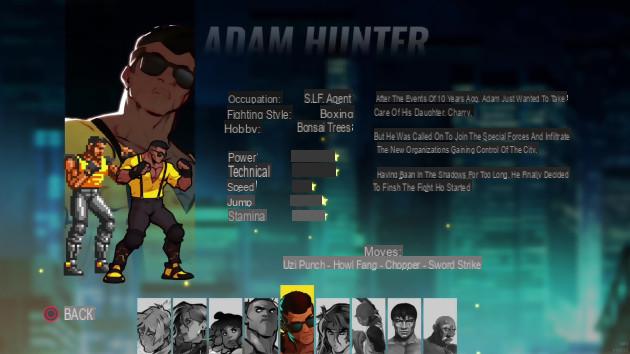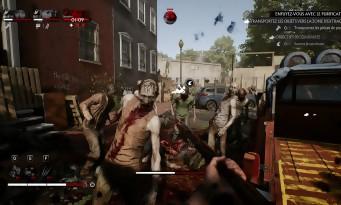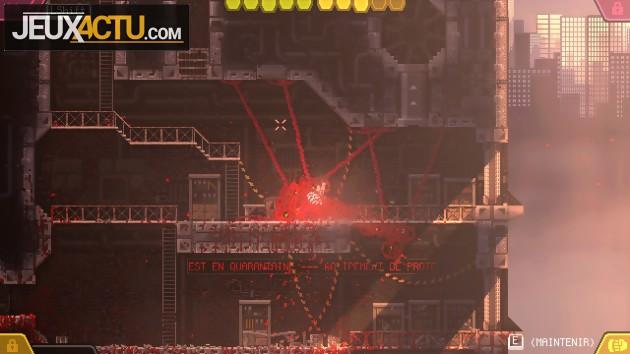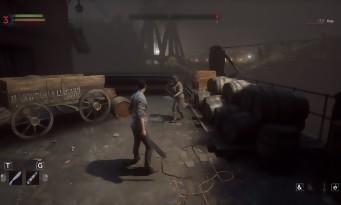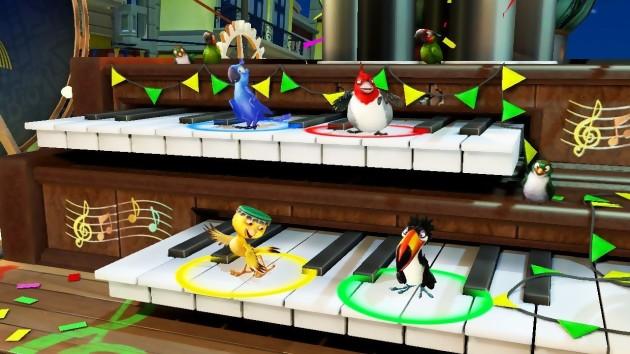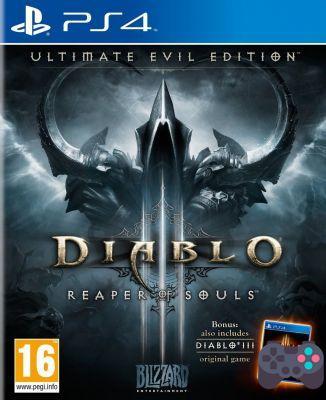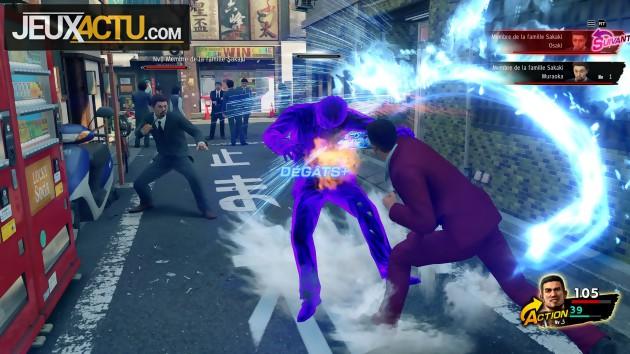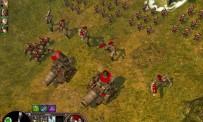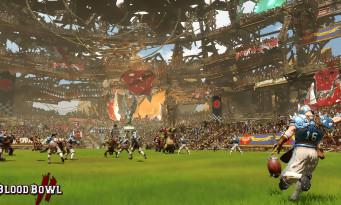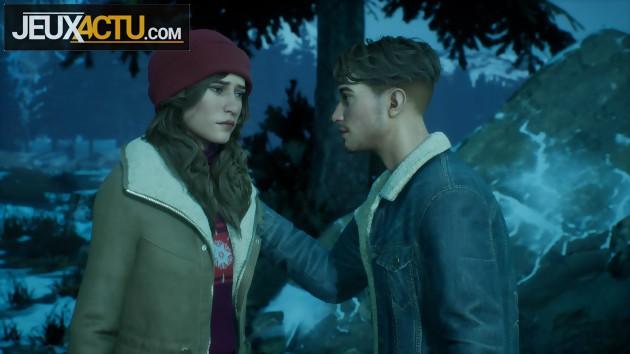
In 2005, a tragedy occurred in the daily lives of twins Alyson and Ollie, then eleven years old. Rifle in hand, their mother apparently tried to kill them. But it is ultimately the latter who will pass from life to death, due to an act of self-defense on the part of her children. Following this event, Ollie is sent to a reception center, while Alyson remains in the town of Delos Crossing, Alaska. Ten years later, it's finally time for a reunion between Alyson and Ollie… or rather between Alyson and Tyler, since the latter has now made his transition. If the communication of the game has put forward a lot the fact of proposing a transsexual hero, the subject is finally treated with moderation and subtlety. The general story does not really revolve around this, and the associated issues are only touched on in small touches, around a few very specific situations and dialogues. In other words, Tyler is a character like any other, and this path is undoubtedly the best that the developers could take to reinforce the acceptance of this situation with the players.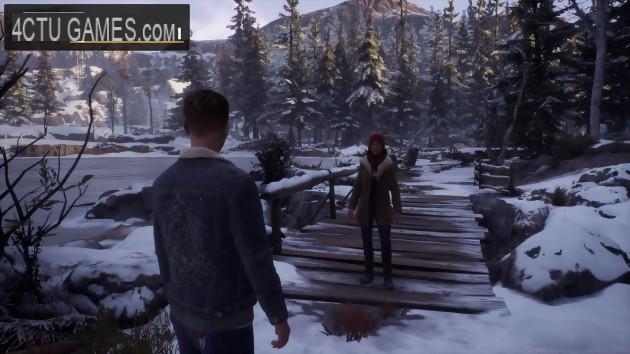
In short, against all odds, Tell Me Why is not necessarily the most "SJW" of the DontNod games, even if we do not escape some rather caricatural characters. We also find the atmosphere "small American town less clean on it than it looks" that the studio particularly likes. And as mentioned in the introduction to this test, the adolescent and semi-fantastic theme that characterized Life is Strange is also back. Except that the supernatural aspect falls here a bit like a hair in the soup. He expresses himself through two elements: the twins are able to communicate with each other by telepathy and, since their reunion, some of their childhood memories materialize in front of them in the form of ghostly silhouettes (not surprisingly more than that our two teenagers, by the way…). These improbable elements do not actually bring much. From the point of view of the scenario as of the gameplay, it would have been quite possible to do without, and thus to favor a more realistic atmosphere, and therefore more credible.
LIFE IS STRANGE… BUT FAMILIAR
In general, we feel that the studio is struggling to get out of the rails it has itself laid in the past. Sometimes for the best, by the way. Thus, the artistic direction takes the "realistic with a touch of cartoon" style from Life is Strange, and offers us some really pleasant landscapes to watch. The sound aspect is not to be outdone, since we are once again entitled to a gently pop-rock soundtrack that passes cream, and to convincing English voices. We can find some typos and misinterpretations in the translation of the subtitles into French (including a very unfortunate because too feminine "I'm blocked" pronounced by Tyler at the end of the adventure …), but the level remains generally very correct. On the other hand, the game suffers from major pacing problems, particularly glaring in the first episode, but which also concern the other two. On several occasions, the player/spectator finds himself for too long minutes, controllers in hand, doing nothing. The transitions between the different camera shots sometimes take forever and induce quite disturbing moments of hesitation. Finally, too many dialogues and descriptions of objects refer to an uninteresting daily life. Discussing the rain and good weather with the NPCs or observing jars of jam on a kitchen shelf, we have known more thrilling! Apart from a few very classic puzzles (doors to open, fuse box to repair, file numbers to find in a computer, etc.), the gameplay is generally limited to observing the different objects present in each scene and performing from time to time dialogue choices. A certain lack of interactivity is generally felt, and one cannot help but notice a few missed opportunities to remedy this problem. Thus, the game gratifies us at one point with a bad dream well staged, but absolutely not interactive. Yet almost twenty years ago, Max Payne had already understood that a nightmare sequence is much more striking and memorable when it is playable.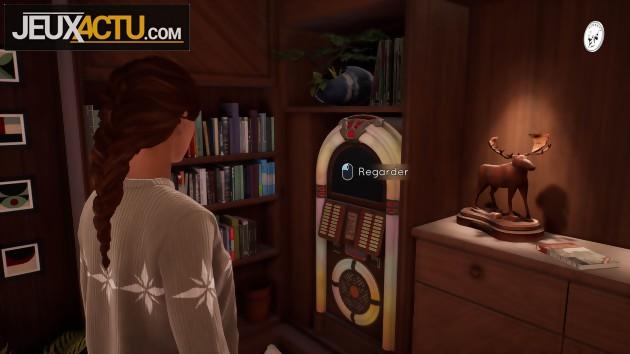
TELL ME, WHY ARE YOU LIKE THIS...
Similarly, you inevitably feel frustrated when you find yourself in front of a jukebox and you can only "watch" it (ie get a simple description of it) and not choose between different music. We can also point out certain inconsistencies in the construction of the characters, who repeatedly distill environmental messages, but allow themselves to throw a teddy bear out of a car window from the start of the adventure. Do as I say, not as I do! Fortunately, the Book of Goblins comes to bring a touch of originality to the game. It is a collection of twenty illustrated tales, written more than ten years ago by the twins and their mother. The most "complete" players will thus have quite a lot to read, and the latter is all the more interesting as a parallel between the different protagonists of the tales and those of the game can easily be drawn, the two "Clever Goblins" obviously representing our two twins. In addition, it is useful to delve into the book to solve some of the too rare puzzles, even if the game generally offers an easy solution for the most refractory to reading (like "breaking down the door" instead of solving the opening mechanism based on one of the tales). In short, this beautifully illustrated book is one of the good ideas of Tell Me Why. We also liked the ability to replay each chapter in "isolation mode", so we could test out different dialogue choices without them overwriting our progress. The possibility of skipping the cinematic scenes (which is not possible during the initial course) is also welcome. Even if it's nothing new, the display at the end of the chapter of the choices made by all the players is still just as interesting. Finally, dividing the adventure into just three episodes (about three hours each) available over a very short launch window (one episode per week) seems much more relevant to us than spreading five episodes over more than one year, as was the case for Life is Strange 2.